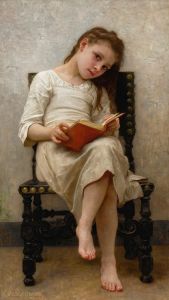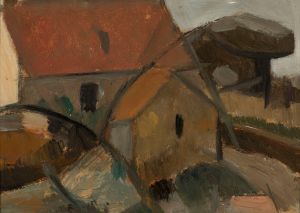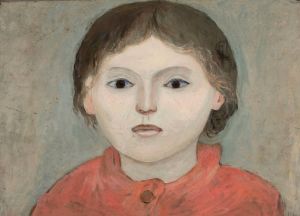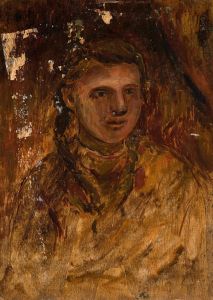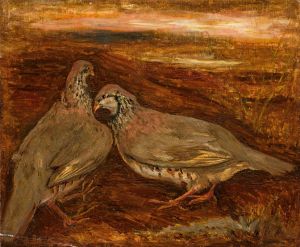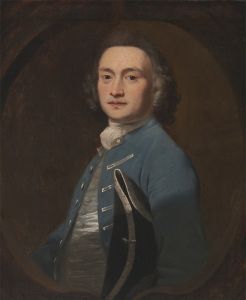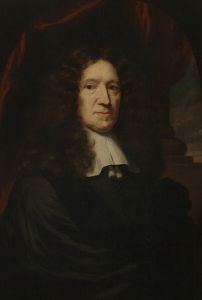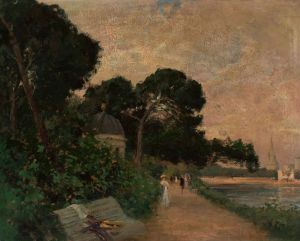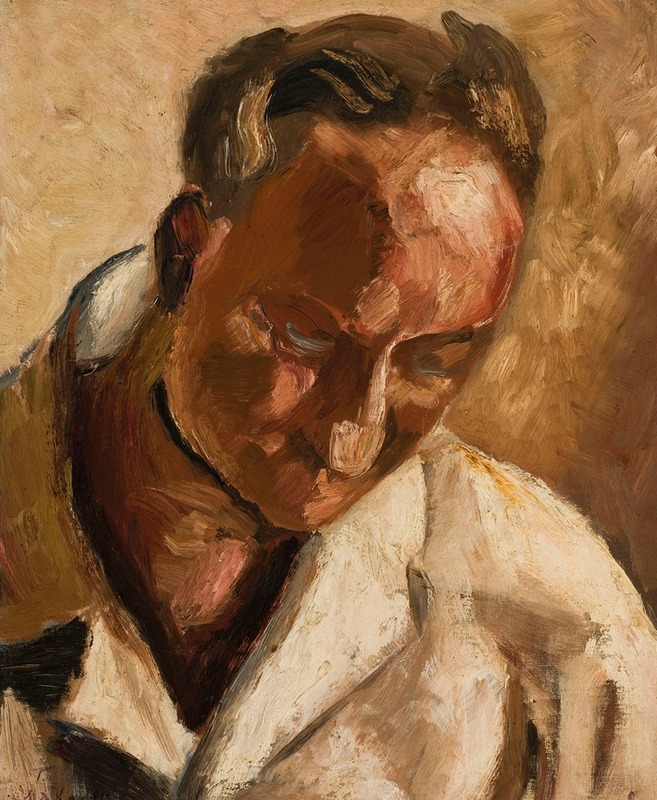
Portret pana X
A hand-painted replica of Tadeusz Makowski’s masterpiece Portret pana X, meticulously crafted by professional artists to capture the true essence of the original. Each piece is created with museum-quality canvas and rare mineral pigments, carefully painted by experienced artists with delicate brushstrokes and rich, layered colors to perfectly recreate the texture of the original artwork. Unlike machine-printed reproductions, this hand-painted version brings the painting to life, infused with the artist’s emotions and skill in every stroke. Whether for personal collection or home decoration, it instantly elevates the artistic atmosphere of any space.
Tadeusz Makowski was a Polish painter known for his unique style that combined elements of folk art, primitivism, and modernism. Born in 1882 in Oświęcim, Poland, Makowski initially studied classical philology before turning to art, studying at the Academy of Fine Arts in Kraków. He later moved to Paris, where he became part of the vibrant artistic community and was influenced by the avant-garde movements of the early 20th century.
One of Makowski's notable works is "Portret pana X" (Portrait of Mr. X), which exemplifies his distinctive approach to portraiture. While specific details about the painting's creation and its subject are not extensively documented, it is known that Makowski often painted portraits that reflected his interest in capturing the essence and character of his subjects rather than focusing solely on realistic representation. His works frequently feature simplified forms, bold colors, and a sense of whimsy, which are characteristic of his broader oeuvre.
Makowski's style is often associated with the primitivist movement, which sought to break away from the conventions of academic art by drawing inspiration from folk traditions and children's art. This influence is evident in "Portret pana X," where Makowski employs a naive aesthetic to convey a sense of innocence and sincerity. The painting likely features simplified shapes and a flattened perspective, which are hallmarks of his work.
Throughout his career, Makowski was deeply influenced by his surroundings and the people he encountered. His time in Paris exposed him to a wide range of artistic styles and ideas, from Cubism to Fauvism, which he integrated into his own unique style. Despite these influences, Makowski maintained a strong connection to his Polish roots, often incorporating elements of Polish folk art into his paintings.
Makowski's work, including "Portret pana X," is celebrated for its ability to convey emotion and character through simplicity and abstraction. His portraits are not just likenesses of individuals but are imbued with a sense of narrative and personality. This approach has earned him recognition as one of Poland's most important modernist painters.
Today, Tadeusz Makowski's paintings are held in high regard and can be found in various museums and private collections around the world. His contribution to modern art is appreciated for its originality and the way it bridges the gap between traditional folk art and modernist abstraction. "Portret pana X" remains a testament to Makowski's skill in capturing the human spirit through his distinctive artistic lens.





